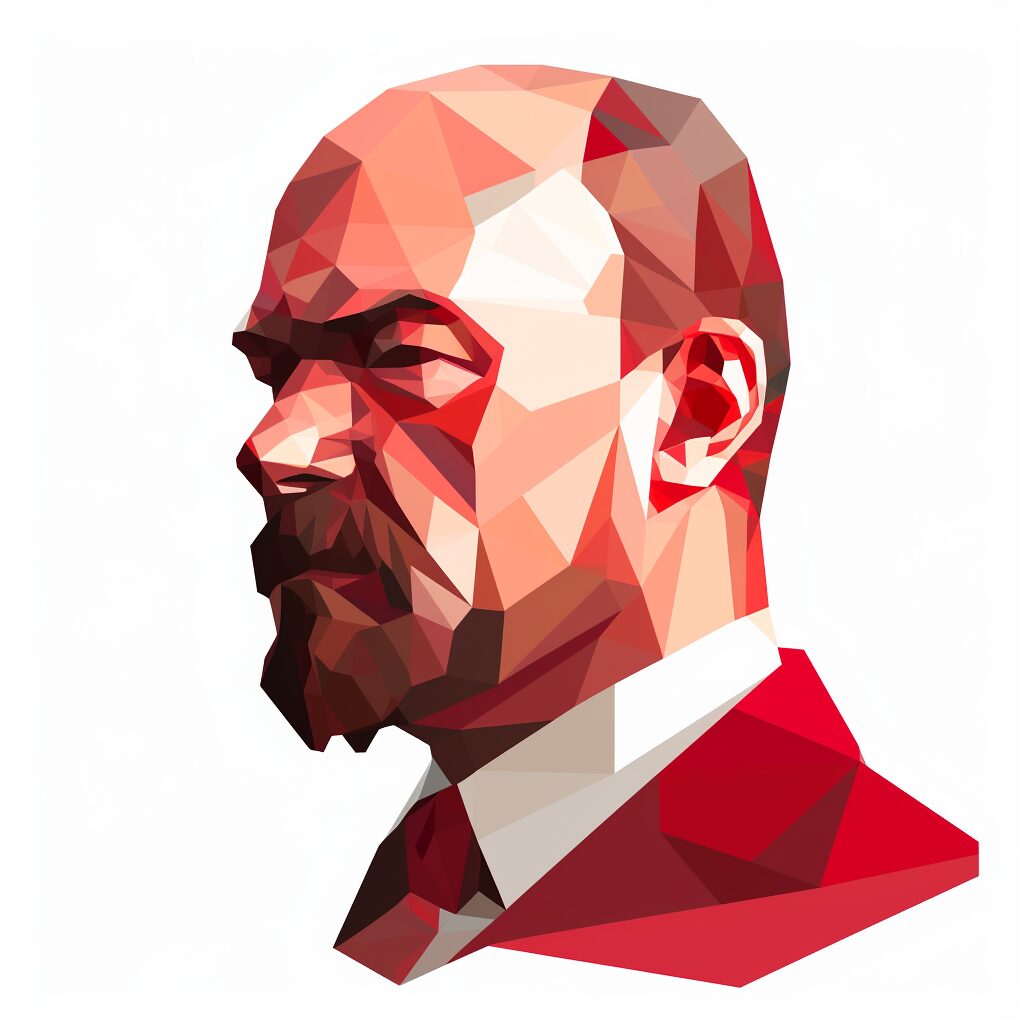This quote is about the nature of revolution and progress. It suggests that once a revolution – a fundamental change in power or organizational structures – has started, it cannot simply pause or stagnate. The momentum of revolution demands constant motion: either forward towards the new order or backwards towards the old. There is no middle ground, no status quo to maintain. This is because a revolution, by its very nature, disrupts the status quo, making it impossible to return to a state of inertia.
The forward motion represents the progress, the drive towards the new, the unknown, the better. It’s about embracing change, innovation, and improvement. The backward motion, on the other hand, represents regression or a return to the old ways. This could be due to fear of the unknown, resistance to change, or the realization that the new is not necessarily better.
In today’s world, this quote can be applied to various scenarios, from politics to technology, and even personal development. In politics, for instance, once a policy or system change has been initiated, it must either move forward towards implementation and improvement, or it must revert back to the old system. The same goes for technology: once a new technology is introduced, we must either fully embrace it and move forward, or reject it and return to the old ways.
In terms of personal development, this quote suggests that once we decide to make a change in our lives, we must commit to it fully and keep moving forward. We can’t just stand still or go back to our old ways. If we want to grow and improve, we must embrace change, face our fears, and keep pushing forward, no matter how challenging it may seem. This is because personal growth, like revolution, requires disruption of the status quo and a commitment to continuous progress.




